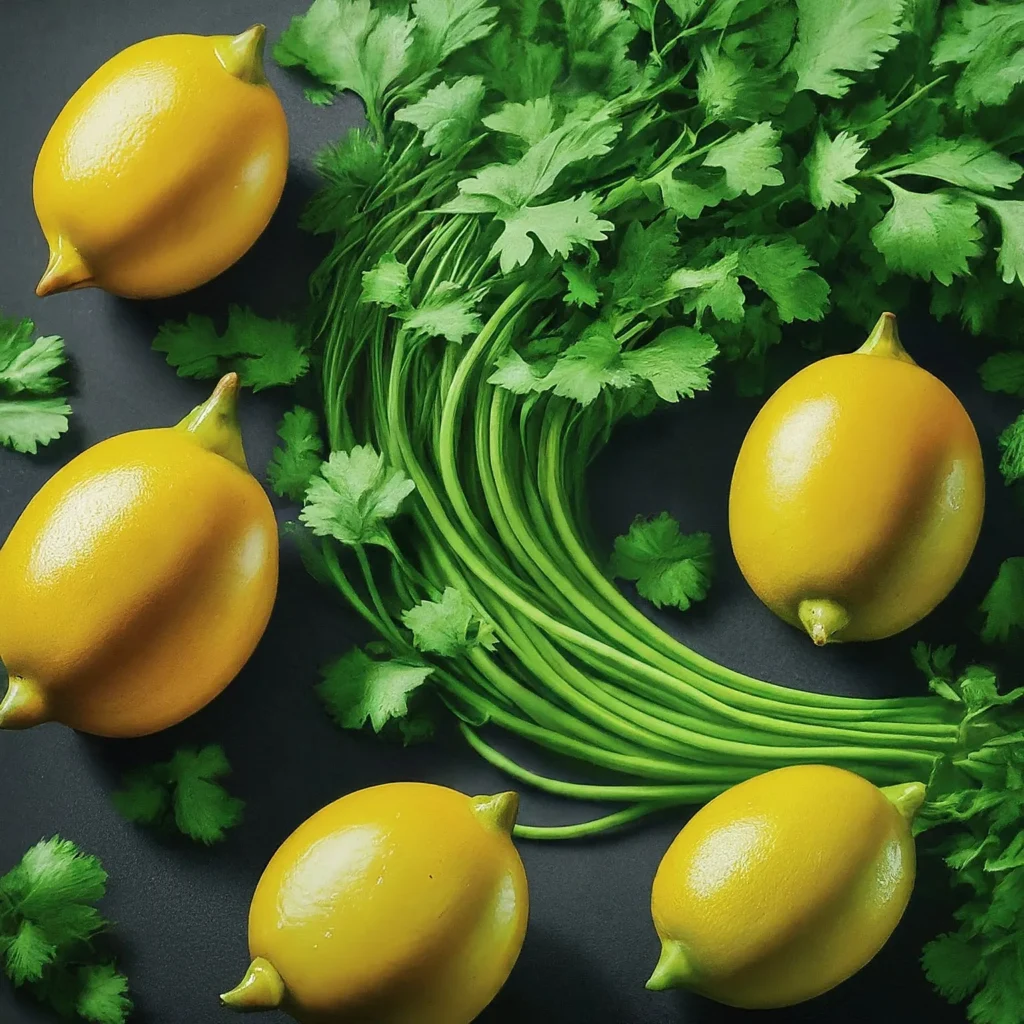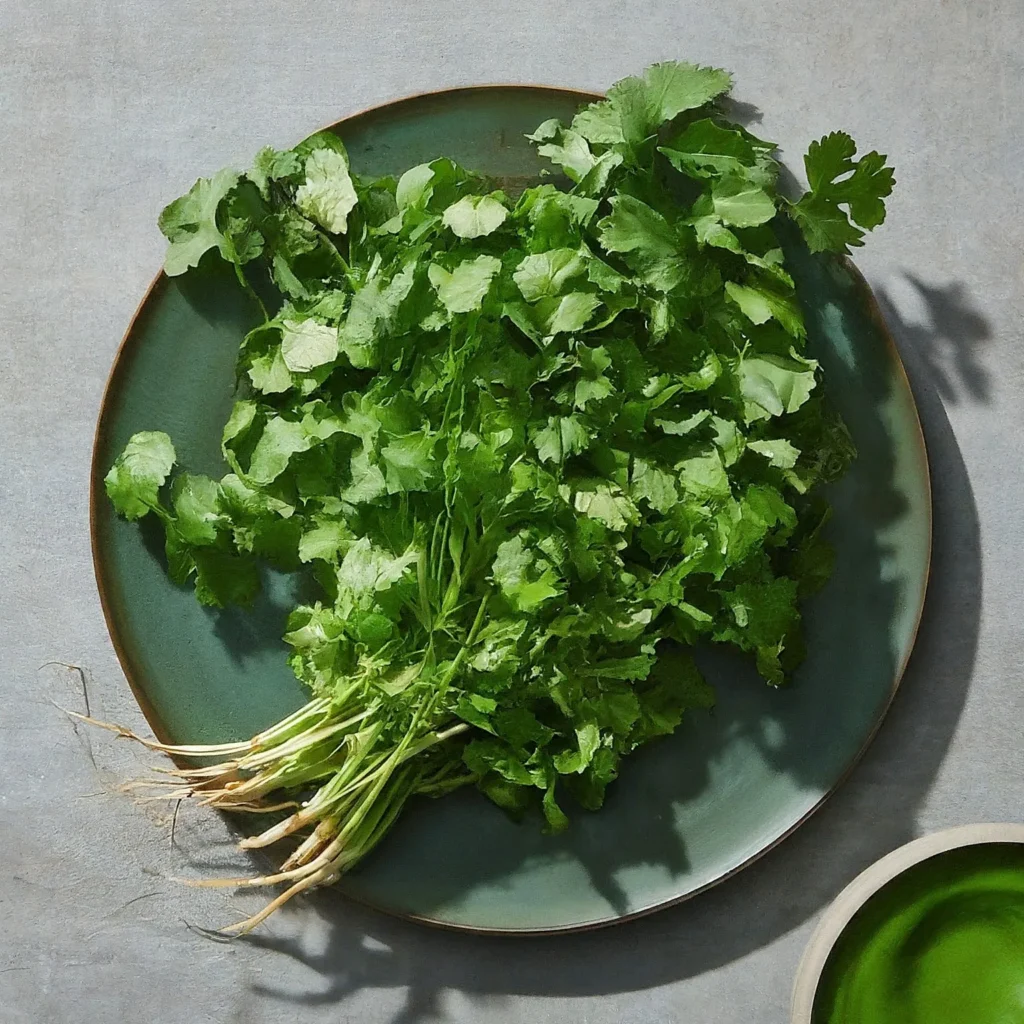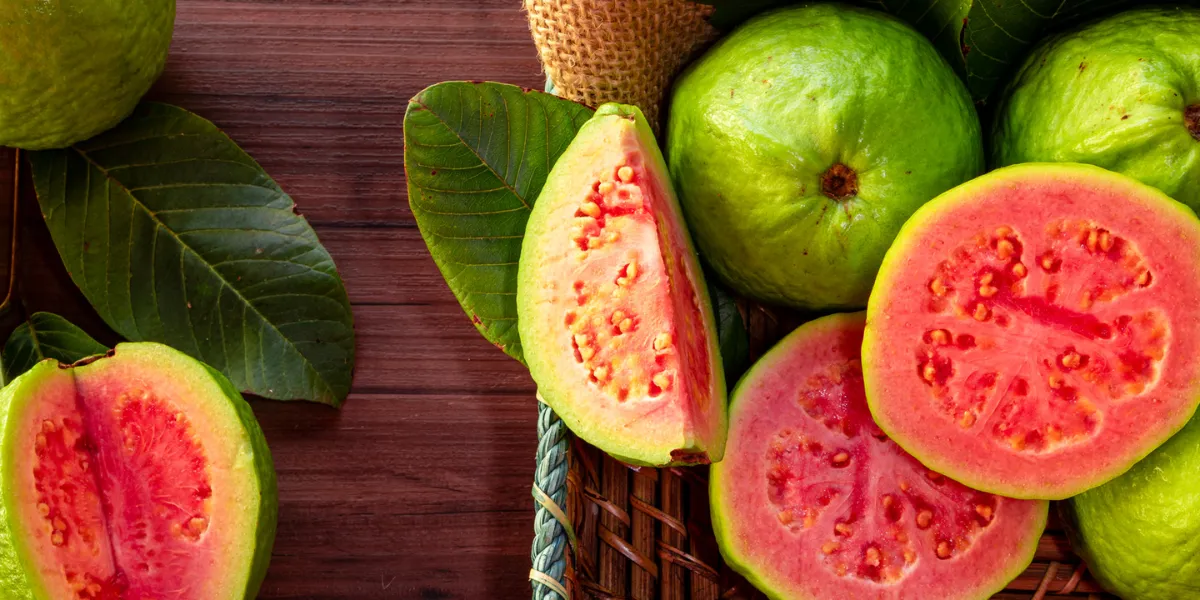Cilantro, also known as coriander leaves, is a vibrant green herb with a unique flavor profile that sparks passionate opinions. Some people find it bright and citrusy, while others describe it as soapy and unpleasant. This article explores the fascinating world of cilantro, delving into its taste, and genetics, and uses it to answer the question: What does cilantro taste like?
Table of Contents
ToggleA Multifaceted Flavor
Cilantro’s flavor is a complex combination of several elements:
- Citrus: The most prominent note for many is a refreshing citrusy taste, often likened to lemon or lime. This comes from volatile compounds called aldehydes and terpenes.
- Peppery: A subtle peppery kick adds depth to the flavor, arising from essential oils like linalool and geraniol.
- Herbal: Hints of parsley, sage, or even mint can sometimes be detected, adding complexity to the overall profile.
However, the perception of these flavors varies significantly:
- Genetics: Some individuals possess a genetic variation that allows them to perceive the aldehydes in cilantro more intensely, resulting in a soapy taste. This affects about 4-14% of the population.
- Age: Children may be more sensitive to the soapy flavor, which can lessen or disappear with age.
- Cultural exposure: People accustomed to the taste of cilantro from a young age are more likely to appreciate its nuances.
Here’s a table summarizing the different ways cilantro can be perceived:
| Perception | Description |
|---|---|
| Citrusy | Refreshing, clean, like lemon or lime |
| Soapy | Unpleasant, like dish soap |
| Peppery | Subtle warmth, similar to black pepper |
| Herbal | Slightly reminiscent of parsley, sage, or mint |
drive_spreadsheetExport to Sheets
Factors Affecting Cilantro Taste
Several factors can influence how you experience cilantro’s taste:
- Freshness: Fresh cilantro has the most intense flavor, while dried leaves have a milder, more subdued taste.
- Preparation: Chopping or crushing cilantro releases more volatile compounds, intensifying the flavor.
- Cooking: Cooking cilantro can slightly mellow the soapy notes for some individuals.

Using Cilantro in Cooking
Despite the mixed opinions, cilantro is a versatile herb used in various cuisines worldwide, including:
- Latin American: A signature ingredient in salsa, guacamole, and various sauces.
- South Asian: Commonly used in curries, chutneys, and raitas.
- Southeast Asian: Adds freshness to soups, stir-fries, and noodle dishes.
- Mediterranean: Enhances salads, dips, and roasted vegetables.
Here are some tips for using cilantro:
- Start small: Begin with a small amount and gradually add more to suit your taste.
- Use fresh leaves whenever possible: They offer the most vibrant flavor.
- Chop or crush leaves just before serving: This releases the most عطر (ʿitr, meaning “fragrance”) and flavor.
- Pair with complementary ingredients: Lime, avocado, and tomatoes balance cilantro’s strong notes.
Frequently Asked Questions (FAQs)
Q: Why do some people think cilantro tastes like soap?
A: As mentioned earlier, a genetic variation makes some individuals more sensitive to the aldehydes in cilantro, leading to a soapy perception.
Q: Is there a substitute for cilantro if I dislike its taste?
A: Yes, several alternatives can offer similar flavor profiles:
- Flat-leaf parsley: Similar texture and mild herbal notes, though lacking the citrusy punch.
- Italian parsley: Milder flavor than cilantro, but can add a touch of freshness.
- Thai basil: Offers a slightly licorice-like flavor with a hint of citrus.
- Lime zest: Adds a zesty citrus punch without the herbal element.
Q: How can I learn to appreciate cilantro’s taste?
A: Introduce it gradually in small amounts, paired with complementary ingredients that mask the soapy notes. Exposing your taste buds to the flavor over time might lead to a gradual shift in perception.
Conclusion
Cilantro’s unique flavor profile can be both captivating and polarizing. While its citrusy and peppery notes are appreciated by many, the soapy perception experienced by some individuals stems from genetics and cultural exposure.
Understanding these factors and exploring various uses with different cuisines can help you appreciate the versatility and potential of this vibrant herb. Whether you’re a cilantro enthusiast or a hesitant beginner, approach it with an open mind and discover your own experience with this fascinating flavor.






